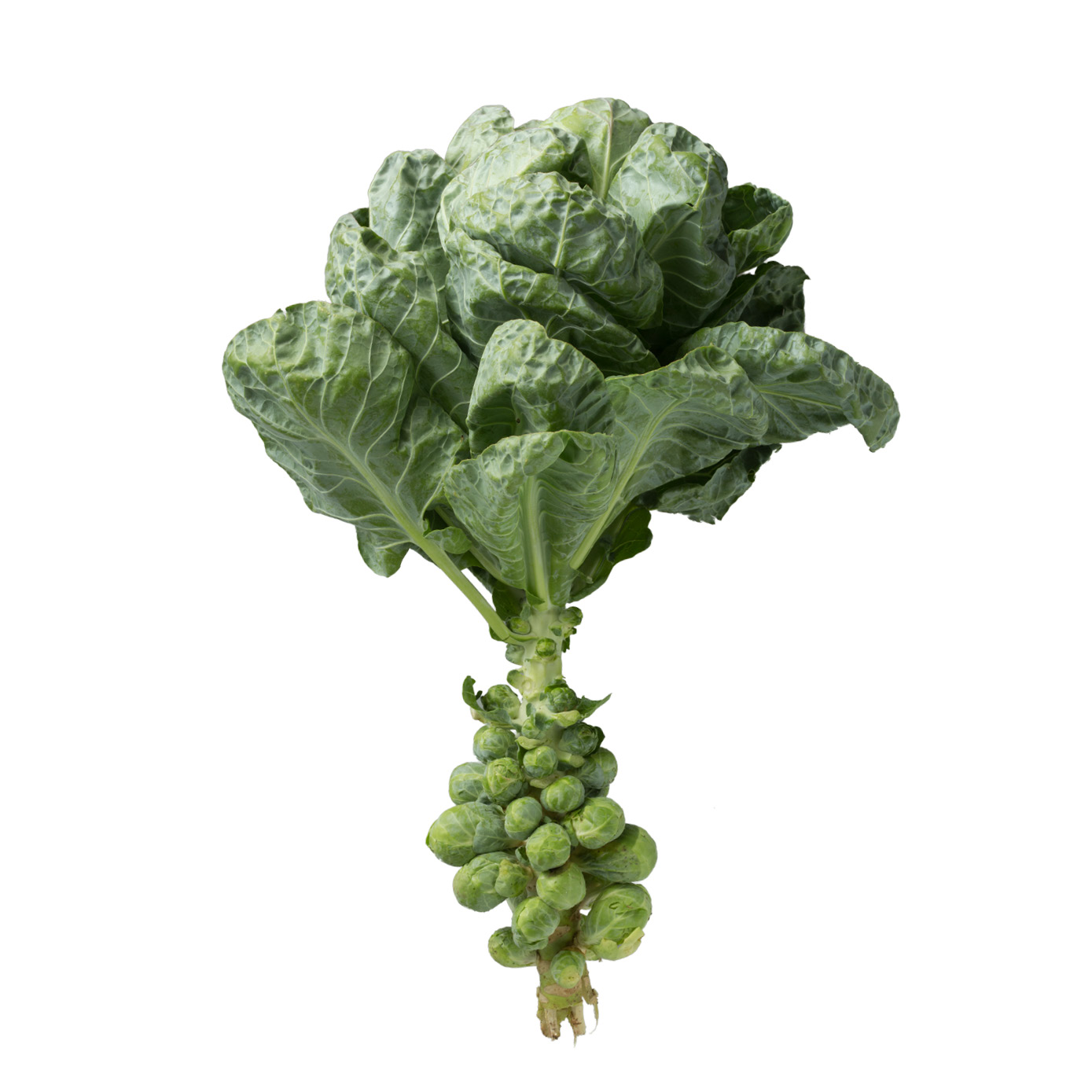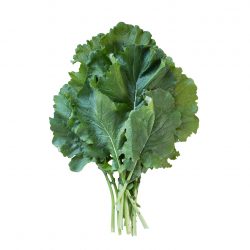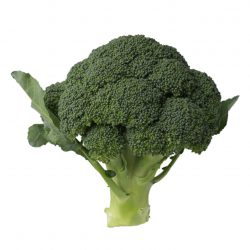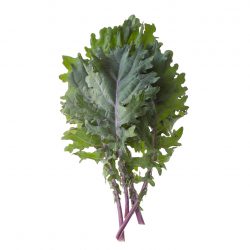Brussels Sprouts
Brassica oleracea var. gemmifera
Though the first written reference of Brussels sprouts dates to around 1587, it is possible a precursor of this crop made an appearance in Europe as early as the 5th century. The Brussels sprouts we are familiar with today were cultivated in the 13th century in the area that is now Brussels, Belgium.
Seasonality
| J | F | M | A | M | J | J | A | S | O | N | D |
| • | • | • | • | • | • |
Description
Brussels sprouts are a member of the brassica family. The green buds grow along the side of a thick stalk and are similar in appearance to miniature heads of cabbage. Stalks can grow up to 2 to 4 feet high with the lower buds maturing first before the upper ones.
Storage tips
Brussels sprouts may be stored on the stalk. Place the stalk in a plastic bag and store it in the crisper/produce drawer of your fridge. Use within a week. The same storage method applies for Brussels sprouts that have already been removed from the stalk.
Culinary tips
- Before using Brussels sprouts, trim the stem ends and rinse them off. Remove any wilted or yellowed outer leaves.
- Brussels sprouts can be eaten raw but it’s best to thinly slice them if doing so. Try making a salad with apples or pears, toasted nuts, and a citrus or mustard-based vinaigrette..
- Try cutting the Brussels sprouts in half before roasting them at a high heat, braising them, or sauteeing them. Allowing them to become caramelized really draws out the sweetness.
- For a simple side dish, toss halved sprouts with olive oil, salt, and crushed red pepper. Roast until caramelized, then finish with a squeeze of fresh lemon juice.







